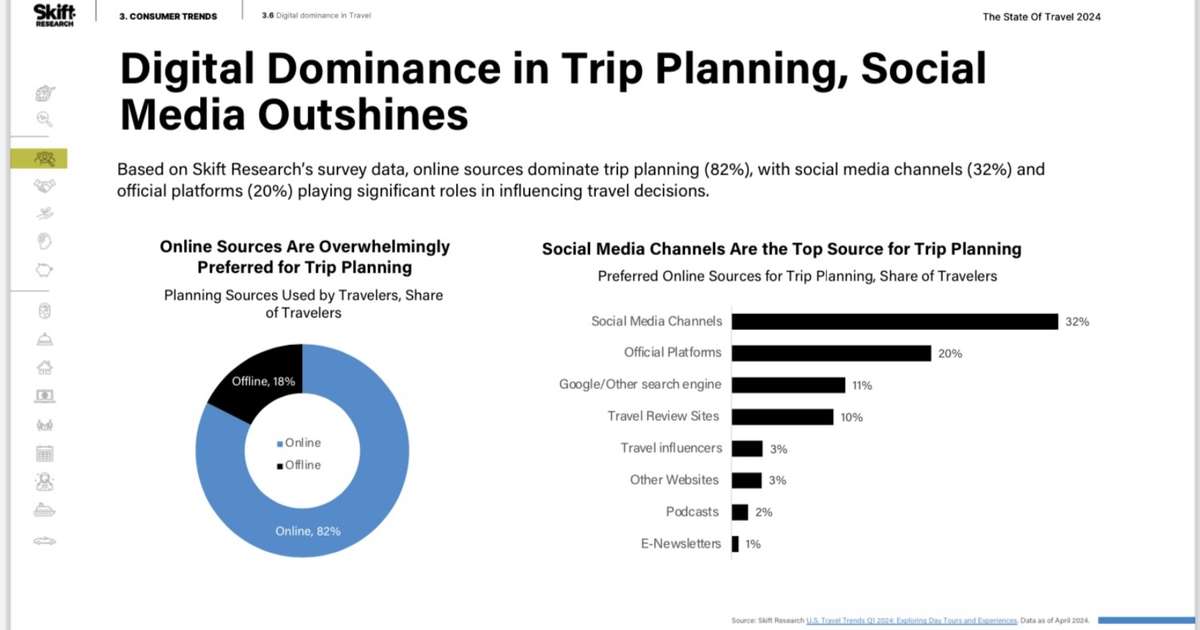
Stock market volatility is both normal and expected. Anyone who has analyzed stock prices or attended a trading course knows this well. A wide range of factors can influence market prices: company-specific events like appointing a new CEO, publishing annual reports, or issuing corporate announcements; economic factors such as inflation, interest rate shifts, and changes in monetary policy; and political developments including leadership transitions, new legislation, and (geo)political instability. While some of these movements are anticipated, a sharp increase in the variation of stock prices often reflects growing investor uncertainty and a shift in market sentiment toward perceived risk. So, what is the current sentiment in the U.S. market? According to recent data, it reflects extreme fear.
The Fear & Greed Index (Figure 1) is a useful tool for measuring market sentiment. Given that many investors react emotionally, the index highlights how fear and greed can drive decision-making. It helps investors become more aware of their psychological biases, aiding in more rational and informed choices. The index is composed of seven equally weighted indicators: market momentum, stock price strength, stock price breadth, put and call options activity, demand for junk bonds, market volatility, and demand for safe-haven assets. It tracks how much these indicators deviate from their historical averages relative to typical fluctuations. Scores range from 0 to 100 and are updated in real-time as new data becomes available.
Figure 1: Screenshot from CNN Business as of 11th of April 2025 around 13.30 Amsterdam time

 — Source: CNNBusiness Fear&Geer Index
— Source: CNNBusiness Fear&Geer Index
Impacts on the Lodging Industry
What impact does this have on the lodging sector (excluding real estate)? Any publicly traded company is exposed to the sentiment and volatility of the stock market. In this analysis, we focus on U.S.-listed lodging corporations, which have experienced around a 20% year-to-date decline in returns and approximately 3% loss in market capitalization as of today (Figure 2). Naturally, this is troubling news for the companies themselves, and the consequences will likely ripple out to employees, suppliers, and other stakeholders (if these conditions maintain). Still, companies that rely on this kind of equity financing must accept the inherent risks associated with market exposure.
Figure 2: Screenshot from Top Largest Companies In The Lodging Industry List | Screener – Yahoo Finance as of 11h of April

 — Source: Yahoo Finance
— Source: Yahoo Finance
Is a Down Market always Negative?
Does a declining market always spell bad news? Not necessarily. A “bearish” market also means lower share prices, potentially an attractive entry point for investors. While it’s easy to view downturns negatively, some investors see them as opportunities. In fact, the potential for insider trading has even been speculated in recent leaked videos and news reports. Hopefully, any such misconduct will be investigated with appropriate consequences. It’s worth emphasizing that even in bearish conditions, opportunities thrive, arguably more so than during bull markets. (Think back to 1992 – if you know, you know.) As everything, this also has two sides, and probably Is less favourable for the majority.
A Deeper Crisis of Confidence?
A larger question rises: Are we merely observing volatility, or is this signaling a deeper crisis of confidence? The latter would not just entail stock price fluctuations, but a broader erosion of faith in the market, eventually affecting the bond market. Although the bond market doesn’t directly connect to the lodging sector, economic and political forces are tightly linked. A collapse in the bond market could compromise the government’s ability to finance itself, pushing the economy toward instability and bankruptcy. One can only hope that those in positions of influence understand the consequences of reckless behavior or market manipulation.
Tourism and Opportunity in Europe
From a tourism standpoint, the current climate may also affect international travel to the U.S. As more governments issue travel advisories and individuals choose to protest political rhetoric and executive decisions by staying away, the U.S. may see a drop in overseas visitors. This trend presents an opportunity for European hospitality enterprises and SMEs to capture greater market share and higher profits through increased domestic and regional tourism.
Conclusion
A tariff is a tax imposed on imported goods or services. It typically reduces both domestic supply and demand by raising the final price of imported products, while also generating revenue for the government. For example, if the U.S. imposes tariffs on goods entering from the European market, the importer (who is the buyer) is responsible for paying the tariff. In simple terms, importing refers to bringing foreign goods or services into the country for domestic use or resale.
By setting tariffs, a government can influence trade patterns by favoring imports from one country over another by making certain products more expensive due to tax differences. For instance, if a 5% tariff is applied to a product from Country X priced at $10, the final cost to the importer becomes $10.50. Meanwhile, if the same product from Country Y faces a 50% tariff, the cost rises to $15. Assuming the products are identical, importers will likely choose to buy from Country X due to the lower total cost. In this way, tariffs can alter sourcing decisions, a.k.a supply chains, and shift trade flows.
However, as discussed earlier, tariffs also have indirect economic consequences, such as triggering volatility in financial markets. Furthermore, they can provoke retaliatory measures. In response to tariffs imposed by one country, trading partners may introduce their own tariffs on imported goods. This retaliation can lead to higher operating costs for domestic industries reliant on foreign goods, such as imported wine, furniture, or technology. However, the hospitality industry is well-positioned to adapt. By shifting toward local sourcing, such as offering regional wines, locally grown produce, and domestic furnishings, businesses can mitigate the impact of tariffs and even turn this shift into a strategic advantage.

